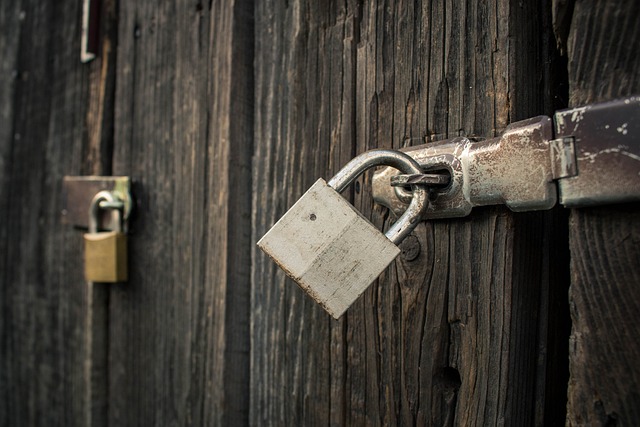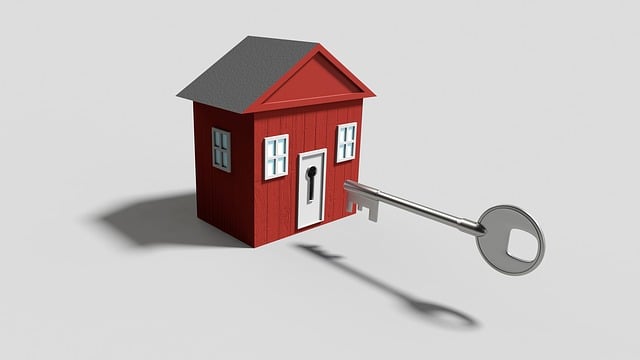Rural property owners face unique challenges securing their land due to remoteness and limited infrastructure. Drone-enabled surveillance systems and wireless security solutions offer innovative answers for home security in these areas. Solar-powered outdoor cameras and long-range motion detectors provide continuous monitoring, while high-definition cameras with AI object recognition ensure swift responses to potential intruders or suspicious activities. Drones are revolutionizing rural home security by offering cost-effective, efficient surveillance; strategic planning involving terrain assessment, advanced camera/sensor choice, and integration with local regulations is crucial for effective deployment. Future innovations include solar-powered drones, AI motion detection, and high-quality outdoor cameras facilitating law enforcement evidence collection.
In today’s digital era, ensuring home security for rural areas has evolved into a complex challenge. Traditional methods often fall short in the vast landscapes and remote locations characterized by rural home security systems. This article explores drone-enabled surveillance as a revolutionary game changer. We delve into understanding the unique challenges faced by rural property owners and how wireless security solutions, such as solar-powered security systems and long-range motion detectors, combined with advanced outdoor cameras for rural areas, can transform smart security for these properties.
Learn about the role of drones in enhancing surveillance capabilities, implementing drone-enabled systems step-by-step, and the numerous benefits and future prospects this technology offers to protect homes in remote regions.
- Understanding Rural Property Security Challenges
- The Role of Drones in Enhancing Surveillance
- Implementing Drone-Enabled Systems: A Step-by-Step Guide
- Benefits and Future Prospects of Drone Surveillance for Rural Homes
Understanding Rural Property Security Challenges

Rural property owners often face unique and complex challenges when it comes to securing their homes and land. With vast distances between properties, remote locations, and limited infrastructure, traditional security measures may not be as effective or readily accessible. This is where drone-enabled surveillance systems step in as a revolutionary game-changer for home security in rural areas.
The lack of immediate response from local authorities due to low population densities makes it crucial for property owners to take proactive measures. Wireless security solutions, such as solar-powered outdoor cameras and long-range motion detectors, can provide continuous monitoring. These smart security systems offer remote access via apps, allowing homeowners to keep an eye on their properties from anywhere. Additionally, high-definition outdoor cameras with advanced features like artificial intelligence-driven object recognition can detect and alert owners about potential intruders or suspicious activities, ensuring a swift response.
The Role of Drones in Enhancing Surveillance

Drones are transforming home security for rural areas by offering a cost-effective and efficient solution for surveillance. With their advanced capabilities, drones equipped with high-resolution cameras can cover vast expanses of land, providing comprehensive visual monitoring. This technology is particularly beneficial for remote locations where traditional security systems might struggle to reach or maintain a reliable connection. By utilizing solar-powered drones, rural homeowners can enjoy continuous outdoor camera coverage without the hassle and expense of frequent battery replacements or power outages.
The integration of drones into rural home security systems enhances overall safety by enabling rapid response to potential threats. Long-range motion detectors coupled with real-time drone surveillance allow property owners to detect and address intrusions swiftly. Moreover, these smart security solutions for rural properties can be remotely accessed via mobile devices, offering peace of mind and empowering individuals to monitor their remote residences effectively.
Implementing Drone-Enabled Systems: A Step-by-Step Guide

Implementing Drone-Enabled Systems: A Step-by-Step Guide
1. Assess Your Property Needs: Begin by evaluating your rural property’s unique challenges and requirements for home security for rural areas. Consider factors like size, terrain, and potential entry points. This step is crucial in designing an effective wireless security system for remote homes.
2. Select Suitable Drone Technology: Choose drones equipped with advanced outdoor cameras for rural areas and motion detection capabilities. Long-range motion detectors are essential to cover vast expanses. Solar-powered security systems offer added benefits, ensuring environmental friendliness and continuous operation without reliance on traditional power grids.
3. Install Sensors and Cameras: Strategically place the selected sensors and cameras around your property. Motion detectors should be positioned in areas prone to intrusion, while high-quality outdoor cameras capture clear footage, aiding in monitoring remote locations.
4. Integrate Drone Surveillance: Program drones to patrol specific routes during set periods. They can cover large areas and provide real-time surveillance, enhancing the overall smart security for rural properties. Ensure drone flights are legal and comply with local regulations regarding privacy and noise pollution.
5. Connect to a Central Monitoring System: Integrate your drone-based system with a comprehensive home security network. This allows central control and monitoring from anywhere, making it easier to manage wireless security for remote homes.
Benefits and Future Prospects of Drone Surveillance for Rural Homes

Drone surveillance offers a promising solution to enhance home security in rural areas, providing an innovative approach to protect remote properties. By utilizing drones equipped with advanced cameras and sensors, homeowners can gain unprecedented oversight over their land. This technology enables continuous monitoring, allowing quick response times to potential threats such as intruders or wildlife. With real-time video feeds accessible from any location, rural residents can remotely assess their property’s security without being physically present.
Looking ahead, the future of drone surveillance for rural homes appears bright with several exciting prospects. Integrating solar panels on drones could enable wireless security solutions, eliminating the need for cumbersome power cables in remote locations. Moreover, advancements in artificial intelligence (AI) can enhance motion detection capabilities, enabling long-range sensors to identify even subtle movements. Smart security systems powered by AI can learn patterns and differentiate between wildlife and intruders, reducing false alerts. As outdoor cameras become more sophisticated, they can provide high-quality footage, facilitating better identification and evidence collection for law enforcement if needed.
Drone-enabled surveillance offers a cutting-edge solution to the unique challenges faced by those living in rural areas. By leveraging advanced technology, such as high-resolution outdoor cameras and long-range motion detectors powered by renewable energy sources like solar power, residents can now protect their remote properties effectively. Implementing these smart security systems is straightforward, ensuring that even the most isolated homes benefit from wireless connectivity and real-time monitoring. Looking ahead, drone surveillance promises to play a pivotal role in enhancing rural home security, providing peace of mind in an increasingly connected world.
